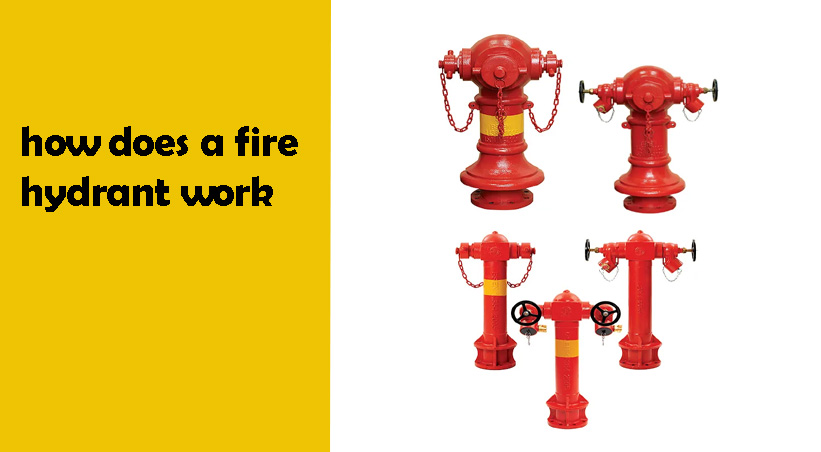Fire hydrants are an essential part of any urban infrastructure, playing a crucial role in safeguarding lives and property during emergencies. These unassuming devices are often overlooked, but their importance cannot be overstated. In this article, How does a fire hydrant work? we’ll delve into the mechanics of fire hydrants and explore how they work to ensure rapid and effective firefighting.
The Basics of Fire Hydrants
A fire hydrant is a specialized water outlet, strategically placed in urban areas to provide firefighters with quick access to water during fire emergencies. The primary purpose of a fire hydrant is to supply large volumes of water to firefighting vehicles, enabling firefighters to combat blazes more effectively.
Components of a Fire Hydrant
1. Hydrant Body: The main structure of a fire hydrant is usually a vertical pipe buried underground. This pipe is connected to a water supply source, typically the municipal water system.
2. Valve Mechanism: Fire hydrants are equipped with a valve mechanism that controls the flow of water. There are two main types of valve mechanisms: the traditional gate valve and the modern butterfly valve. The valve can be opened or closed to regulate water flow.
3. Bonnet and Operating Nut: The bonnet is the protective casing that covers the valve mechanism. The operating nut is the part that firefighters use to open or close the valve. These components are usually located above the ground level.
4. Outlet Nozzle: The nozzle is the point where water is extracted from the hydrant. It’s designed to accommodate various sizes of hoses used by firefighting personnel. Different hydrants may have different types of nozzle connections.
5. Hydrant Cap: When the hydrant is not in use, a cap covers the nozzle to prevent debris, dirt, and insects from entering and obstructing the water flow. This cap can be easily removed by firefighters when they need to connect their hoses.
How does a fire hydrant work
1. Water Supply: Fire hydrants are connected to the municipal water supply system. Water pressure is maintained in the hydrant’s underground pipe, ensuring that water is readily available when needed.
2. Activation: During a fire emergency, firefighters use a hydrant wrench to open the operating nut, which lifts the valve mechanism inside the hydrant. This action allows pressurized water from the municipal supply to flow through the hydrant.
3. Water Flow: Once the valve is open, water rushes up through the hydrant’s body and out through the nozzle. The nozzle’s design helps maintain an efficient flow rate, which is crucial for firefighting operations.
4. Firefighting: Firefighters connect hoses to the hydrant’s outlet nozzle. The water flows through these hoses and is directed toward the fire. The high water pressure enables firefighters to extinguish flames more effectively.
Conclusion
Fire hydrants are unsung heroes in our urban landscapes, silently standing by until they are called upon to protect lives and property. Understanding How does a fire hydrant work sheds light on the critical role they play in firefighting operations. These unassuming devices are a testament to human ingenuity and engineering, providing a vital lifeline for firefighters as they battle one of the most destructive forces known to us – fire.

